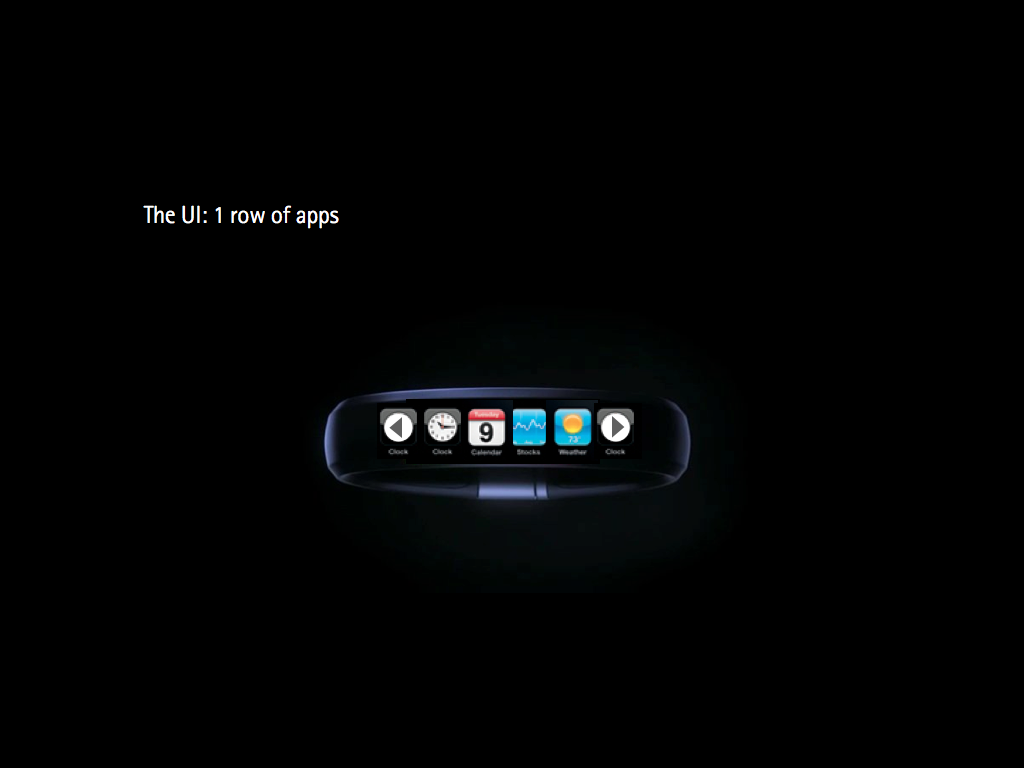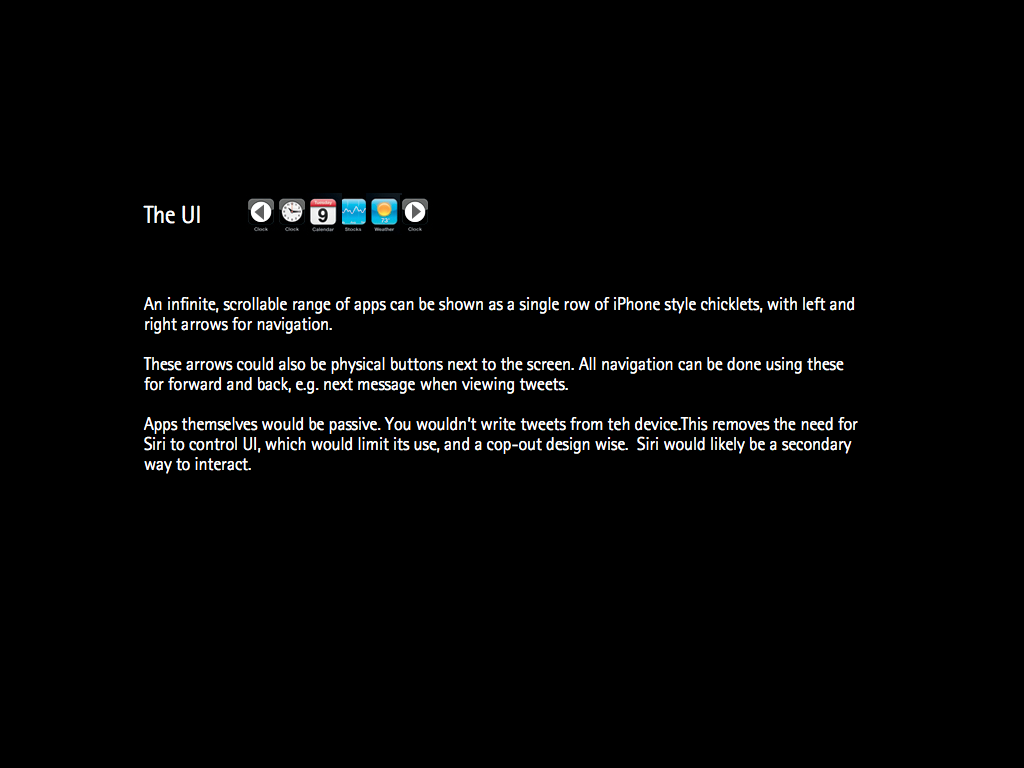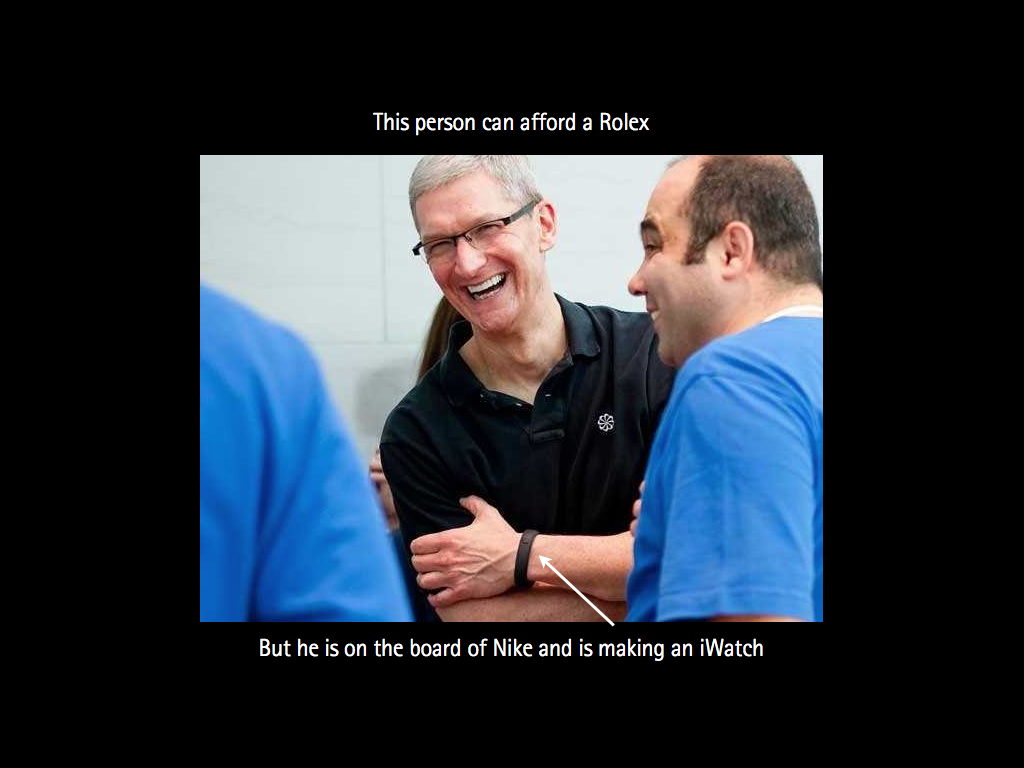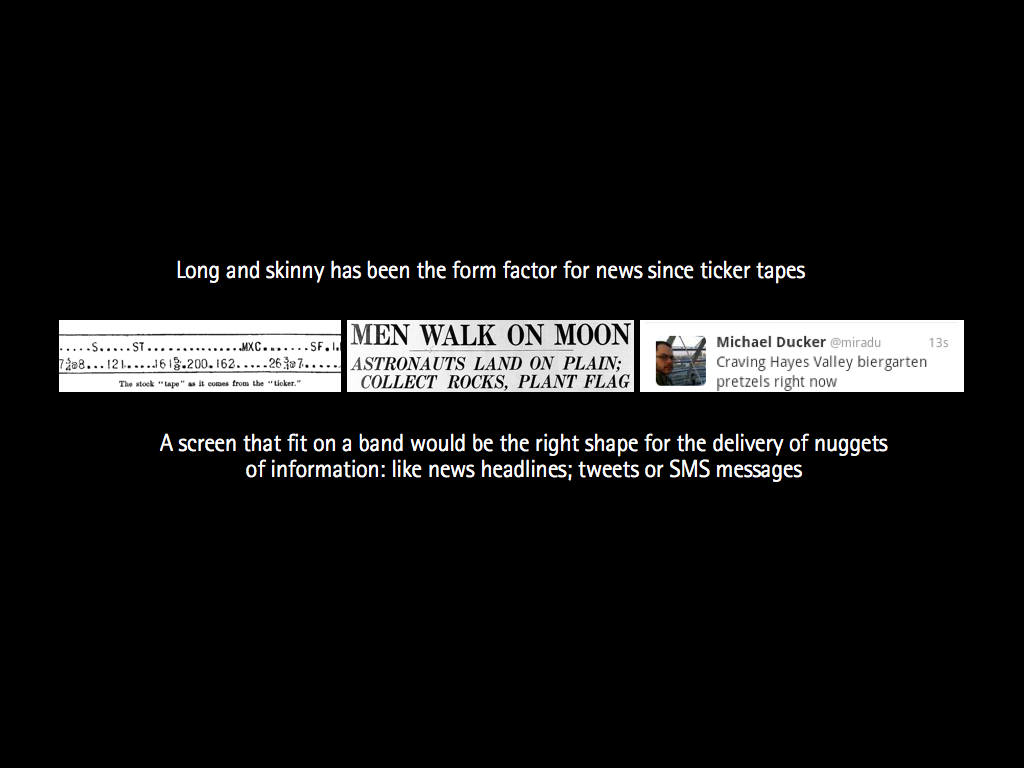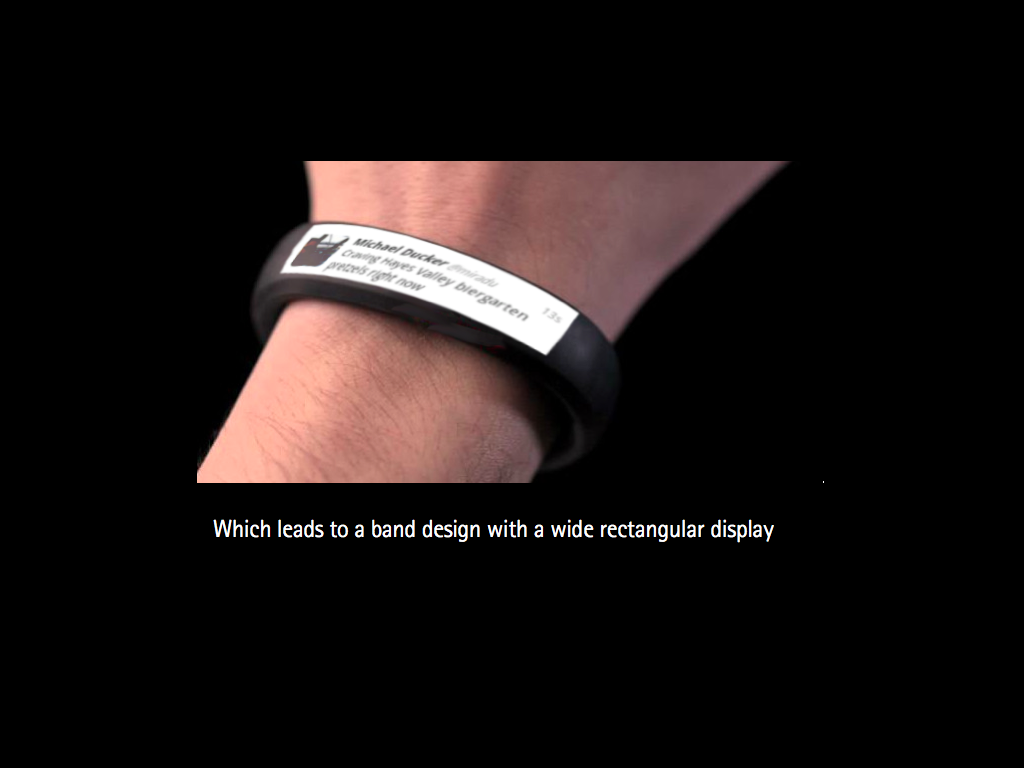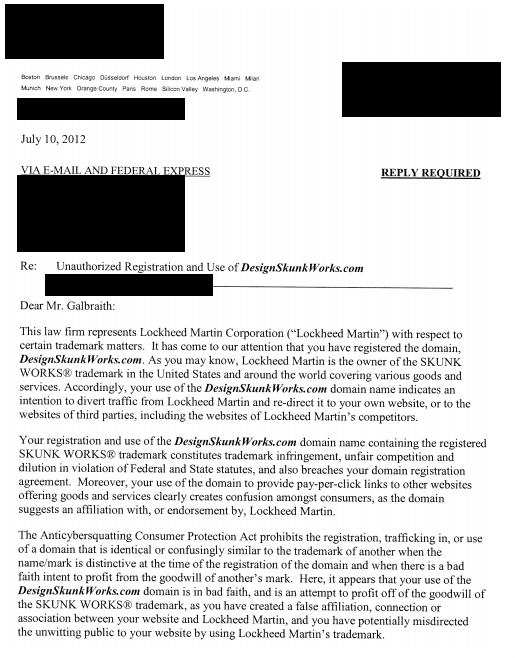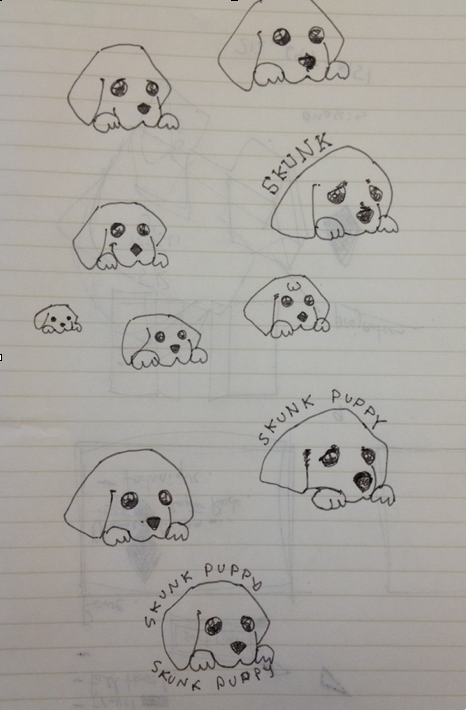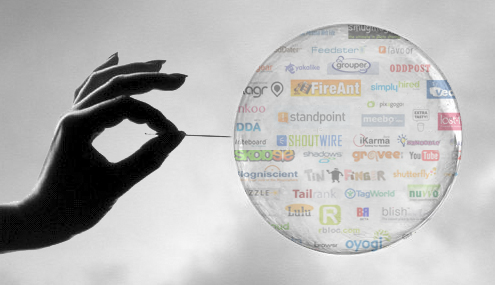As part of a new project which we will be launching at Anthemis I have been helping a groundbreaking startup called Eris which launches today.
Eris is a software suite including the world’s first application server based on the technology behind bitcoin – the blockchain. It is designed to enable any kind of transaction between parties by enabling trust in a neutral framework.
The importance of creating trust via neutrality is something Eris’ CEO Casey Kuhlman has specific experience of. As this piece in the New Yorker relates, as a U.S. Marine in Iraq he was the person that had the presence of mind to replace the US flag with an Iraqi one, when the famous statue of Saddam Hussein was pulled down. After leaving the Marines Casey became a lawyer involved in human rights and worked in Somaliland to create a legal framework. This is the maverick background which lead to Eris industries, a story that sounds almost too far fetched to be true but creates the unusual context that is often the basis of the most innovative companies.
What does Eris consist of?
Eris is a full stack of software to enable you to build applications using blockchain technologies not just currency transactions ones but any kind of self-executing contract, financial or legal. These are known as Smart Contracts.
There are 4 components in the Eris stack: 1. the deCerver, the world’s first blockchain based application server that can use any chain design including 2. Eris’ custom, smart contract enabled (i.e. any transaction, not just money) blockchain design, Thelonius, that can be used to create chains for groups of people or corporations or specific applications, 3. a package manager to manage multiple contracts within a single application and 4. a contract markup language that can be used to bind real world legal contracts to smart contracts (which, as software scripts are necessarily logical and unambiguous unlike most real-world legal ones).
So what is it?
Its a fancy new type of database.
The blockchain is a fancy database, except that there is no need for a master and slave, just peers. Unlike the first generation of peer to peer systems 15 years ago which resulted in services such as Skype and Napster, blockchain based systems are truly decentralised (no master/slave at the database level) rather than merely being distributed. The Eris stack is a kind of ‘mesh’ database.
With an self-governing audit trail.
But this goes one step further than being a mesh, because the verification of each block means that a blockchain database maintains state and a transaction history. A normal database has a state in time and an ancillary log file, in a blockchain one, the data is within the log file itself and the log file is completely secure from tampering by achieving consensus via cryptographic means. It is a mesh database with a self-governing audit trail.
Capable of triggering scripts based upon rules between parties – contracts.
But it gets better. Just like databases can have triggers, pieces of code that can execute within the database, and just as an object-oriented program can instantiate code with data together, this is a blockchain where the blocks contain not just monetary transactions but any kind of transaction. This is achieved by allowing scripting in the blocks of the secure blockchain, in the manner that blockchain designs like Etherium allow.
What kinds of use cases could Eris applications serve?
In some ways the main focus of Eris is to create beautiful tools that enable developers to create applications for new and interesting use cases, however in developing the system, 3 stand out:
1. Fintech
2. Legal tech
3. Internet of Things
1. Financial contracts are about quantitative elements (money) and so lend themselves naturally to smart contracts which have to be unambiguous. The promise of the blockchain approach is to play a key part in the ongoing replacement of the processes and plumbing of the financial services industry with Internet based ones. This has far reaching consequences and is why fintech has become a very active sector recently (and the area I now devote all my time to).
2. Legal innovation based on Internet technology is not as advanced as financial services and the number of people who are both lawyers and coders is vanishingly small. But the opportunities are potentially just as exciting and the Eris team consists of some of the world’s leading experts in this area. A blockchain approach allows for consensus to be achieved without a leader or intermediary and for that consensus to be protected from hijack by parties interested in corrupting it. This allows for all sorts of things to work better from voting in an election to complex contractual relationships between multiple parties, such as on a construction project. Unlike financial contracts which are inevitably dependent on numbers,legal contracts consist largely of words, so their obligations often have some degree of ambiguity which makes them difficult to bake into an auto-executing smart contract script. Eris’ approach is particularly pragmatic here as it allows for a mix between smart contracts and real-world legal ones, without which there would be no opportunity to create useful applications.
3. Perhaps the most exciting opportunity for Eris is the least obvious. The next phase of the Internet, the Internet of Things will be where ordinary physical objects are connected to the Internet and often communicate with each other independently of humans (from components in a smart factory, to sensors in homes). The result of this will be a complex network of devices communicating with each other automatically, via software APIs and the role of smart contracts to mediate this communication could be pivotal.





